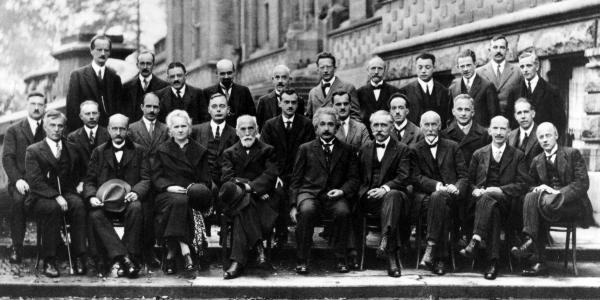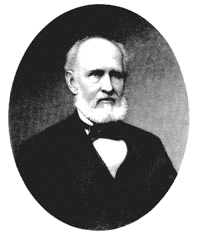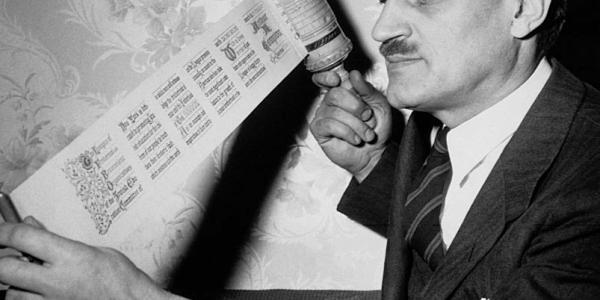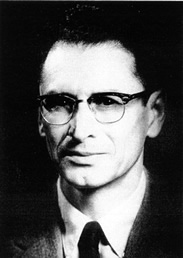Our History
Wayman Crow Hall, built in 1934, was designed by two Washington University architects, George W. Spearl and James P. Jamieson, to house the Department of Physics. Because of the nature of the experiments conducted, the building was constructed in such a manner that it is not subject to the Earth's natural vibrations, and contains a vertical shaft that extends the full height of the building for experiments that involve the study of falling objects. Construction for the building was made possible by $700,000 in gifts.
The building was dedicated in 1934 as Crow Hall, named for Wayman Crow (pictured at right), the state senator who drafted the University's charter and secured its passage through the state legislature. Before entering the state senate, Crow ran a wholesale dry goods business in St. Louis.
When Crow drafted the University's charter he named his close friend William Greenleaf Eliot as chairman of the original Board of Trustees. Eliot served in that capacity from 1854 until his death in 1887. Wayman Crow was also on the board from 1854 until his death in 1885.





